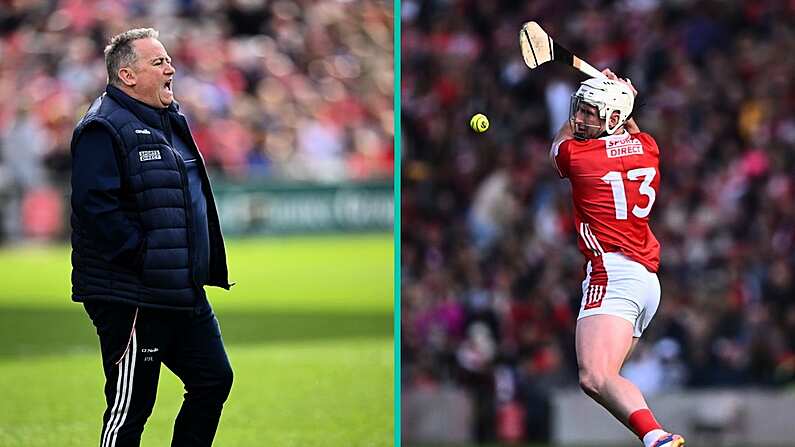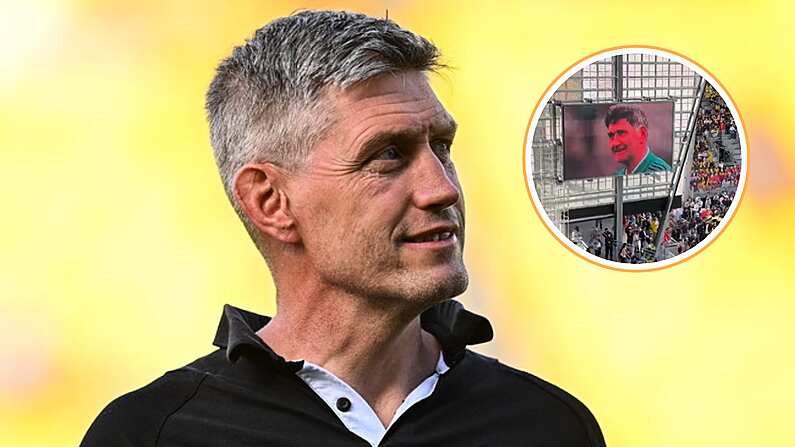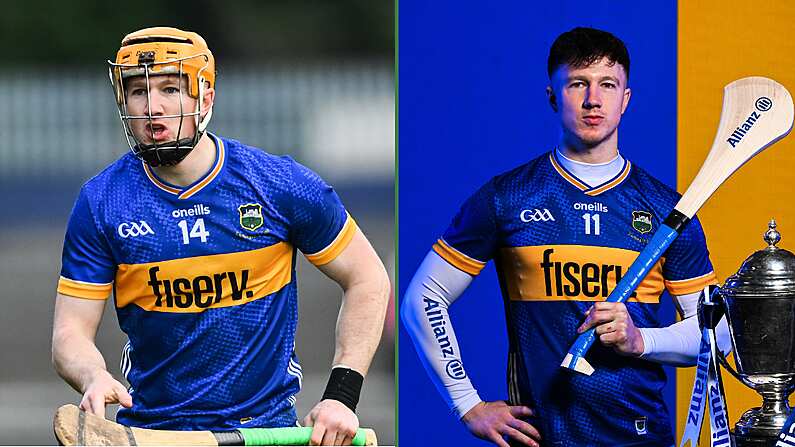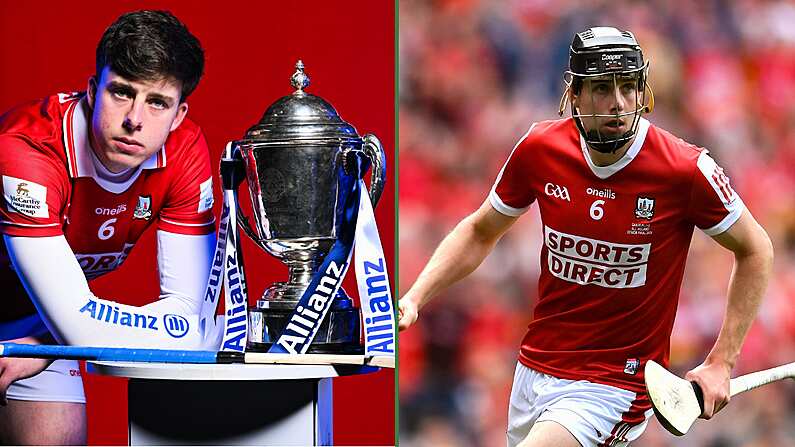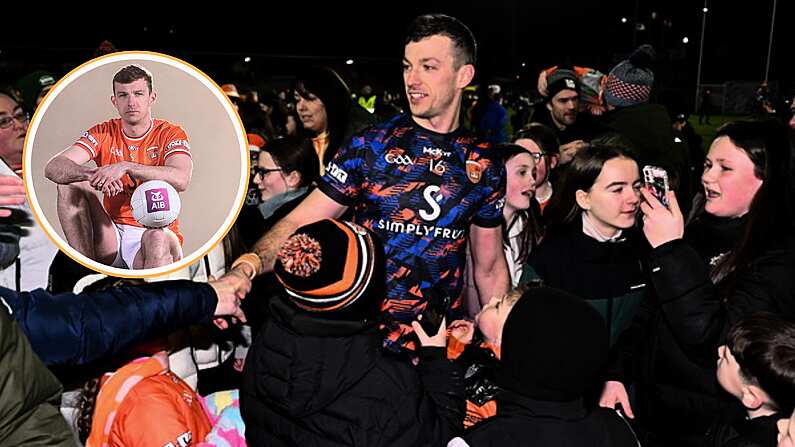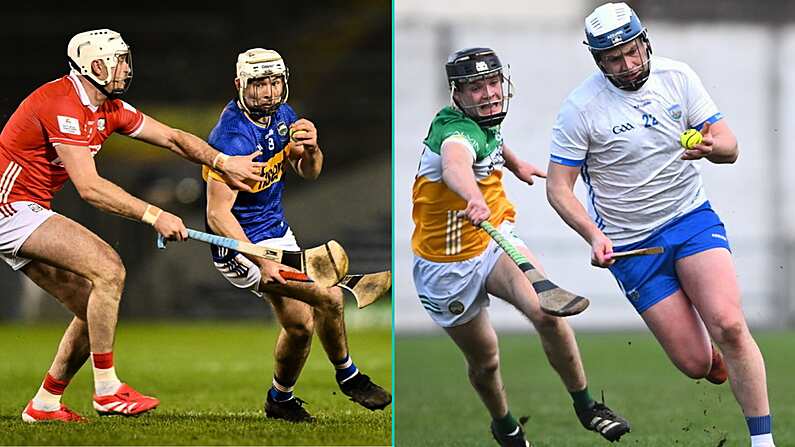"We want to create a new generation of majestic high-catching midfielders," is how Jarlath Burns, chairman of the GAA's standing committee on playing rules, summed up the objective of introducing the mark to gaelic football.
The proliferation of short kick outs and the obsession with possession, according to Burns, has led to the demise of high fielding as a spectacle.
Also part of the GAA committee which proposed the mark's introduction is Darragh O'Se. The former Kerry midfielder was himself an one of the great exponents (mandatory cliché) of the high catch.
Writing in Irish Times, Ó Sé explained how the mark could have aided Mayo against Donegal at the weekend.
Leo McLoone scored a crucial goal for Donegal with 15 minutes remaining. It came from a moment where Ó Sé believes the new rule would have prevented Donal Vaughan losing possession in the middle of the field and Donegal subsequently scoring a decisive goal.
Even if you just watched the games on Sunday, Donegal got a goal that started with Donal Vaughan of Mayo catching a kick out from Rob Hennelly in midfield before being dispossessed. Now to me, Vaughan was fouled but not only did he not get his free but he was swallowed up straight away and Donegal had the ball in the net 10 seconds later.
With the new rule, Vaughan could have claimed his mark and the Donegal players would have had to step back. As it was, there was no advantage for Mayo in what was a brilliant kick by Hennelly and a fine catch by Vaughan. Worse than that, it ended up in the goal that changed the game.
Reaction to the new rule has mostly been negative. Ó Sé, albeit part of the committee which proposed it, is the most high-profile individual to defend it so far.
According to Jarlath Burns, it is hoped that the rule will be implemented by January 2017.
Picture credit: Stephen McCarthy / SPORTSFILE




